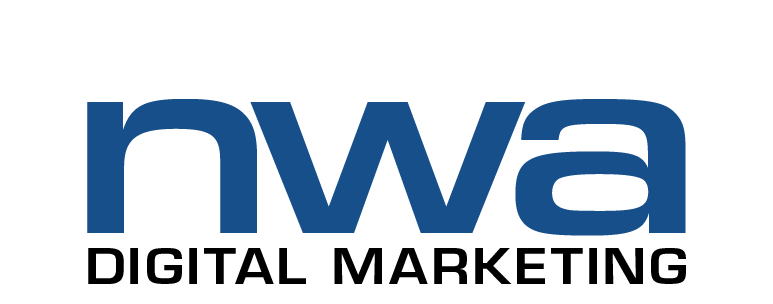How to Get Social: Choosing the Right Social Media II
How to Get Social
Choosing the Right Social Media for Your Business

Most advertising and marketing agencies will tell you that social media networks are powerful tools for online marketing. They provide a direct, focused way to communicate with relevant audiences, and they require smaller budgets than other more traditional marketing techniques.
But while social media can be used to create a valuable, cost-effective marketing strategy, it also requires time and energy to be done well. Before dividing your time between all the popular social media networks, consider which network will work best for your business and the product you are selling.
Research platforms carefully, including the four major platforms described below, to determine which social media networks will connect you with the most relevant audiences so that you can invest your resources in only those networks that will benefit your business.
Facebook is the number one network for people all over the world to connect and share content. Companies that are active on Facebook can update their followers on promotions and special deals, share exciting news, and provide valuable information. And Facebook was designed to help people interact with one another, as well as organizations and businesses. 1.49 billion people actively use Facebook, and the “Like” and “Share” features are viewed more than 22 billion times a day across more than 7.5 million websites. Thanks to the high traffic and a number of customizable mixed-media features, Facebook is an ideal social media network for almost all businesses.
Twitter is largely about creating a brand and generating brand loyalty. Approximately 85% of Twitter users “feel more connected” to a business after they follow them on Twitter. Strong content from a brand on Twitter can elicit follows and re-tweets, but usually from an existing customer. This, combined with the 140-character tweet limit, mean that Twitter is a good social network for businesses that are focused on building their brand by sharing company news and offering insights into whatever lifestyle the brand supports. And Twitter requires high engagement from businesses. The average user, with their 208 average followers, 307 average Tweets, and average of 170 minutes on Twitter each day, expect fresh content on a daily, if not hourly, basis.
Google+
Google+ is Google’s own social network and is oriented toward students, tech-oriented professionals, and creative people like bloggers and photographers. While this platform has been slow to get traction among social media users, it now has almost 550 million active monthly users. Google+ offers posting features similar to that of Facebook, but has the advantage of positively affecting search engine results. If your business has a Google+ Page and someone searches for your business, your Google+ Page and its most recent posts will be displayed on the right side of their personal search results.
LinkedIn is the biggest social media network for professionals and business people. It can be used to build relationships between companies, to seek new talent, to generate new business ideas, and to find sales leads. There are over 150 million LinkedIn users. The platform offers a space to share content, find answers, participate in discussions, post and view jobs, and make business contacts. But the nature of LinkedIn is different from that of Facebook and Twitter because users are looking for serious, informative content.
So when setting up your social media marketing strategy, remember to consider which platforms will allow you to best connect with your potential and present customers and focus on those platforms. It is more valuable to be great at one or two than to be okay at four or five.
And check out our post about niche social media for information about the advantages and disadvantages of other social media networks, including YouTube, Pinterest, and Instagram.
Image courtesy of Kromkratnog at FreeDigitalPhotos.net

